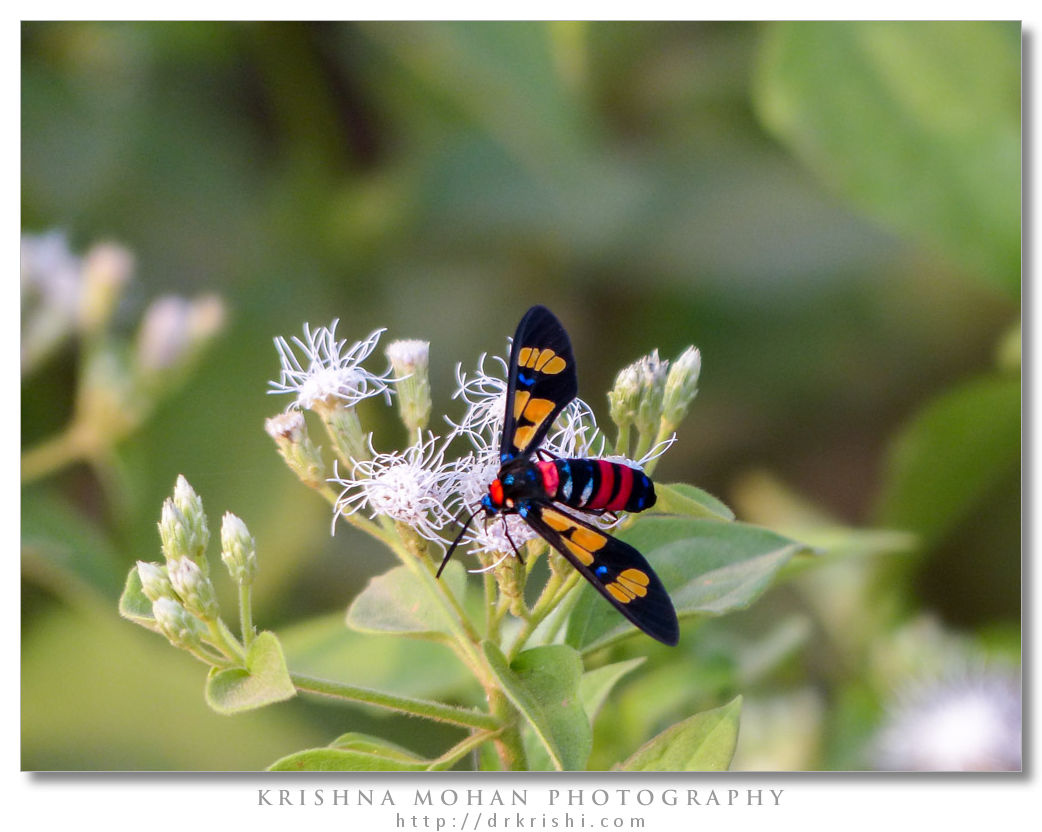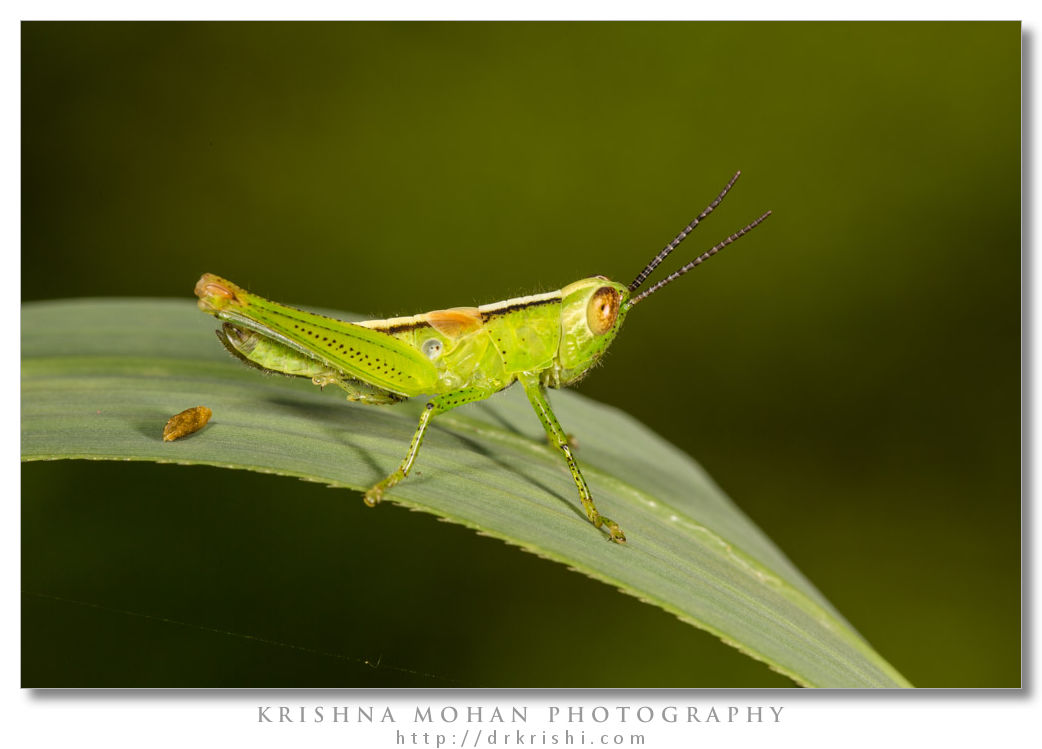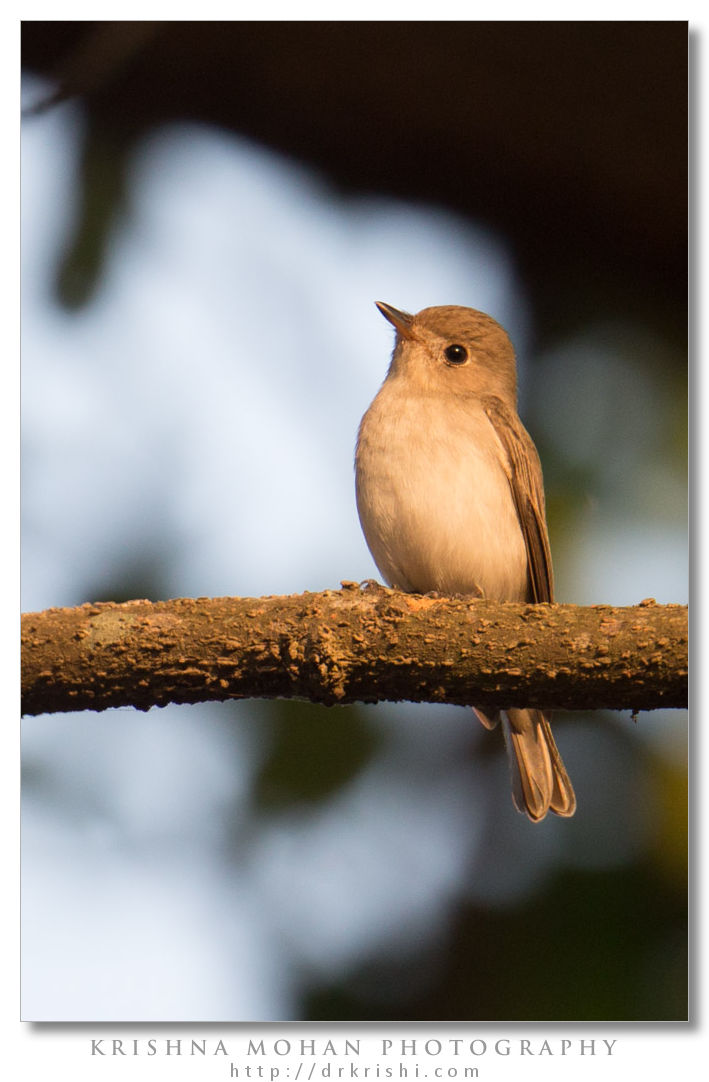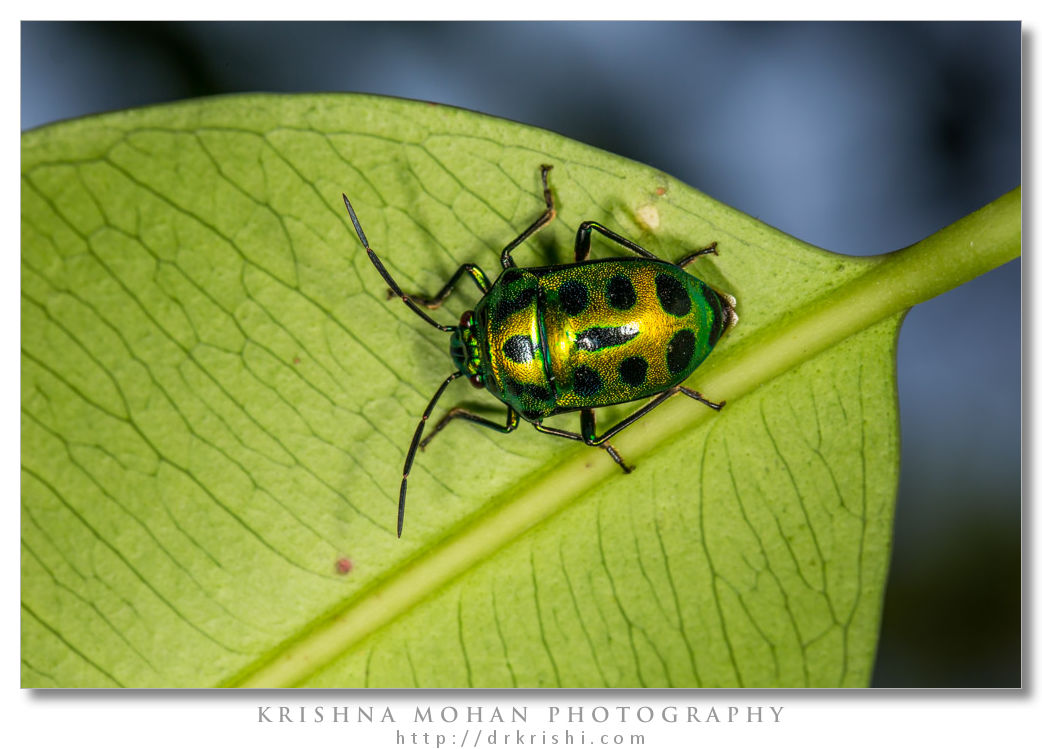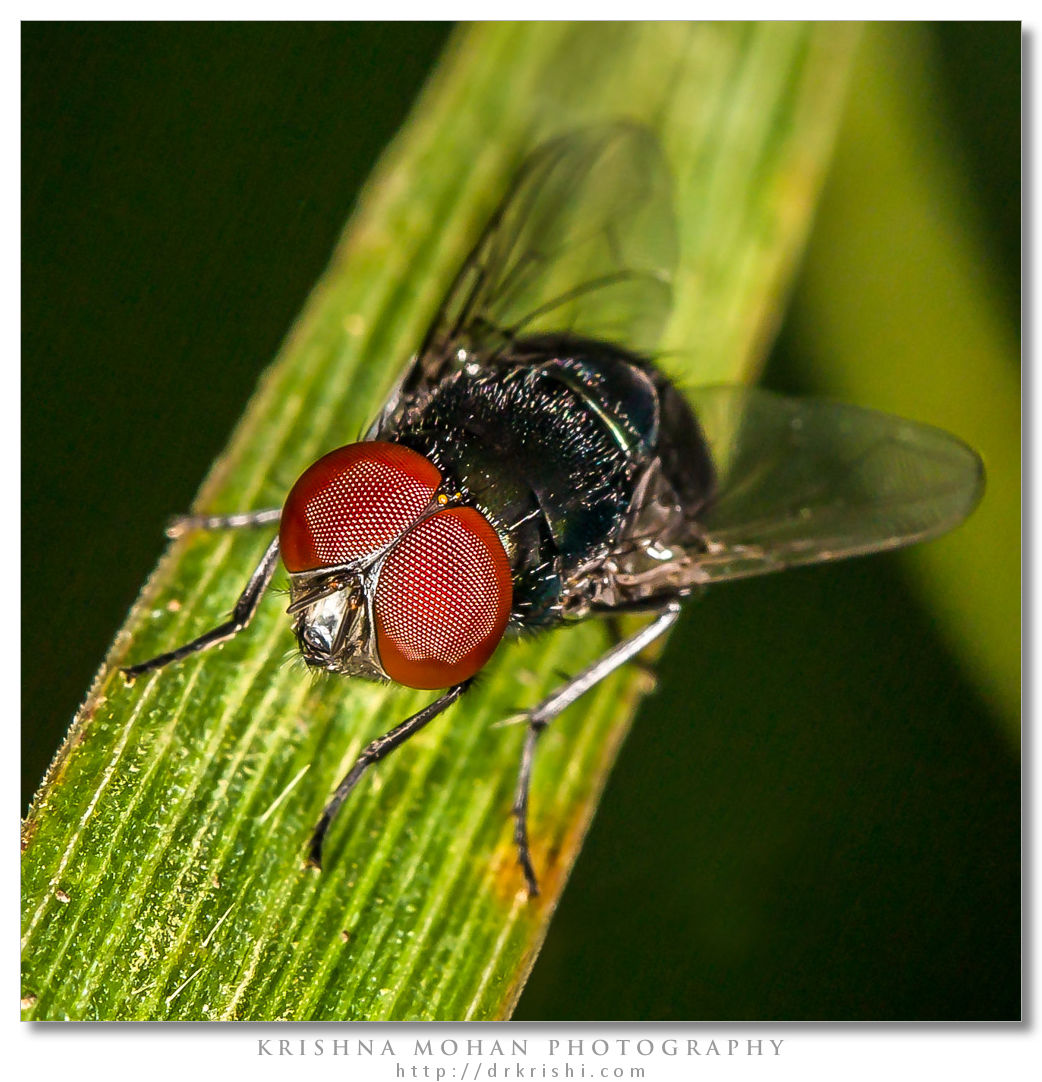Wasp Moth – Euchromia polymena
I photographed this day flying moth when I was doing review of Panasonic Lumix FZ-200 Camera at Gurupur. This Euchromia polymena moth is also called a wasp moth as it looks like a dangerous wasp. It utilizes this act of mimicry to put off potential predators who are familiar with the wasp’s sting. This colorful … Read more

